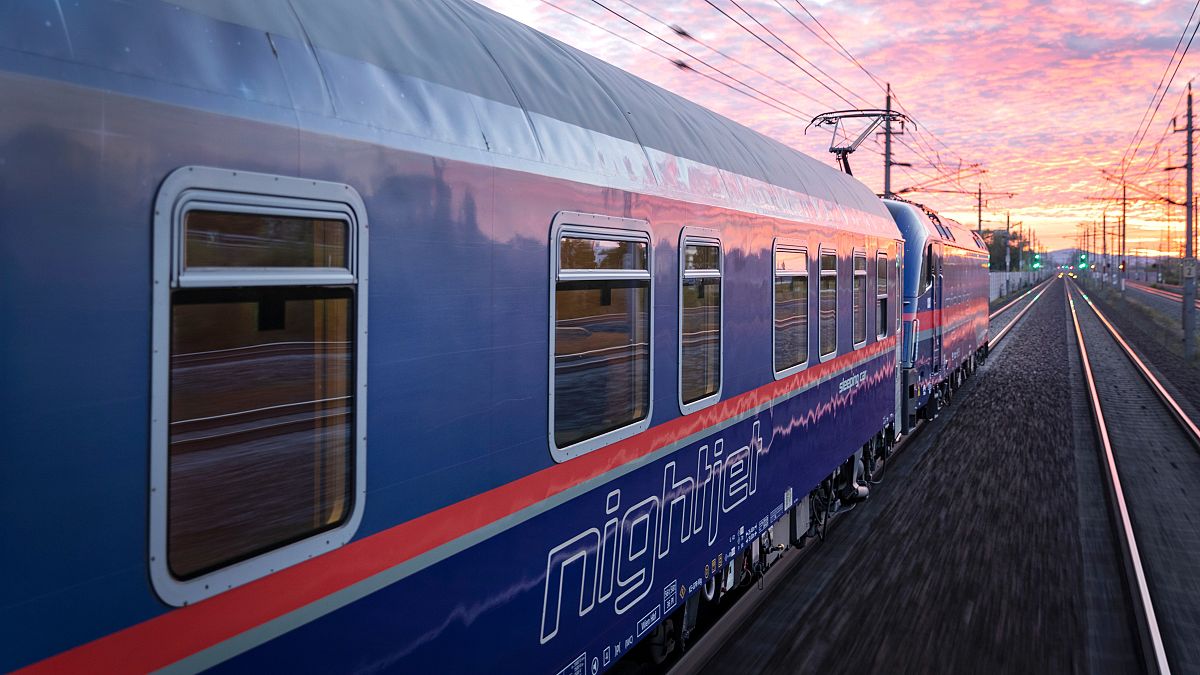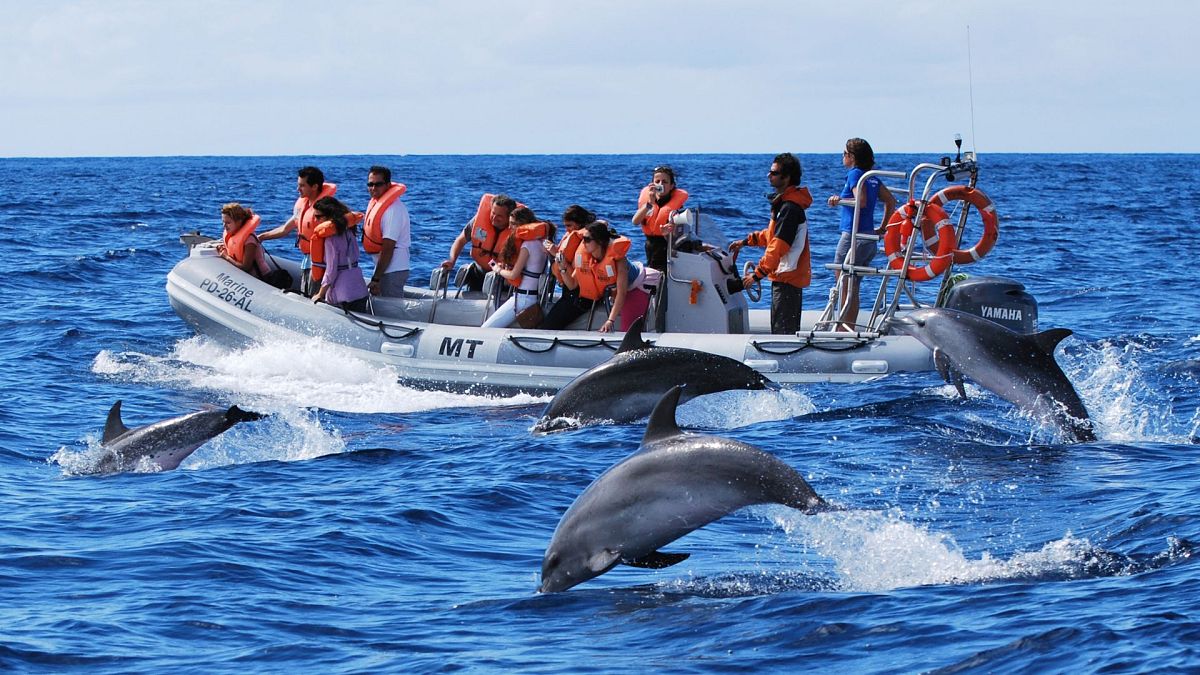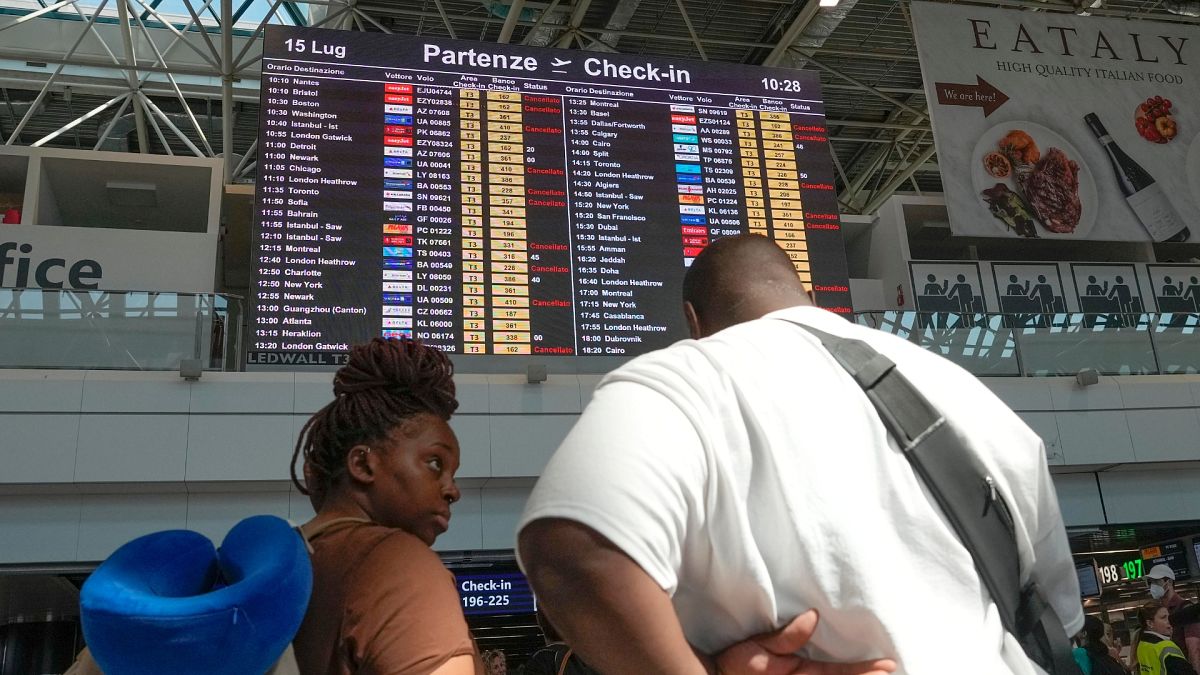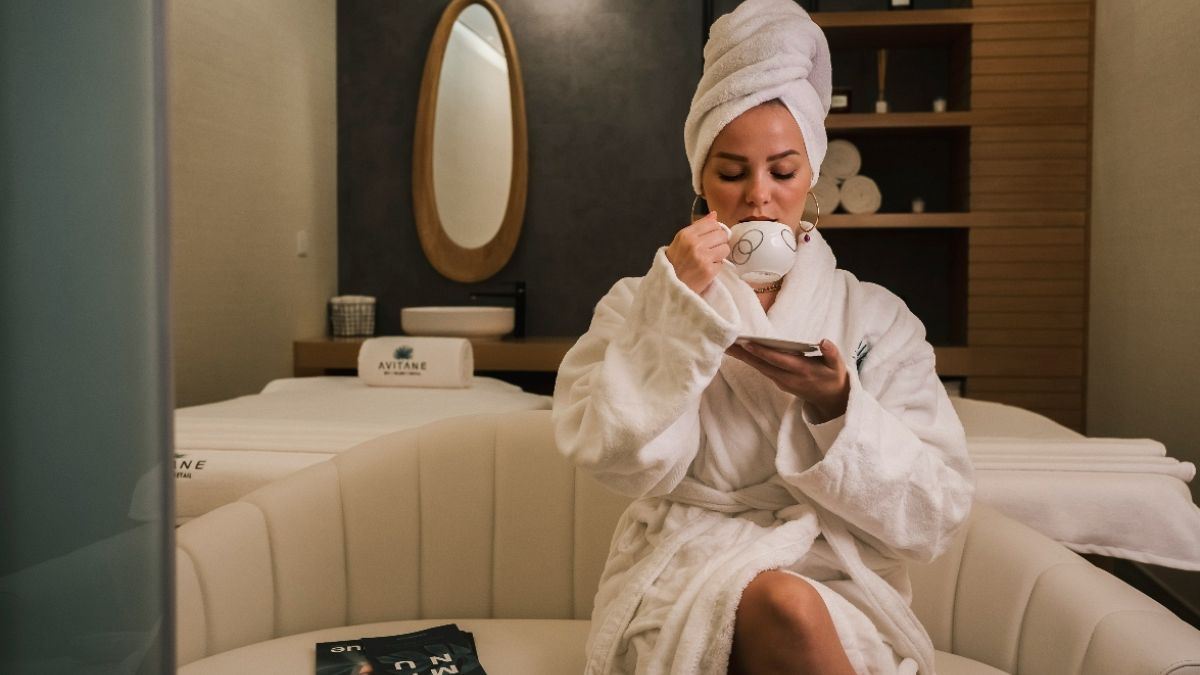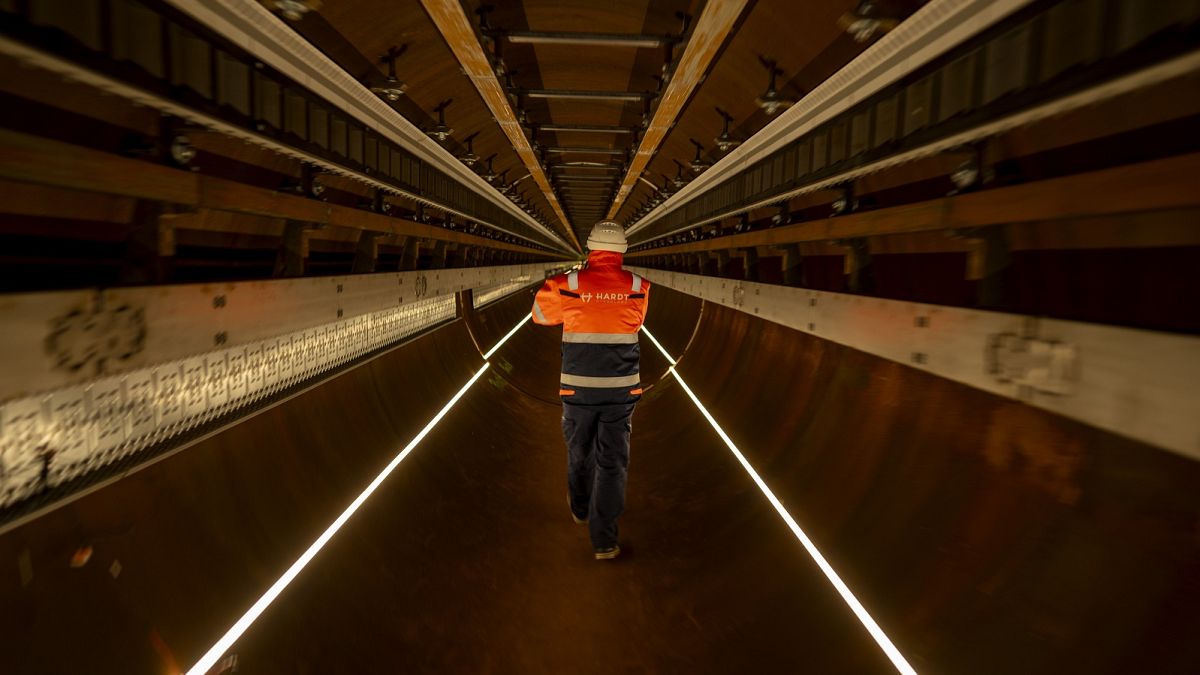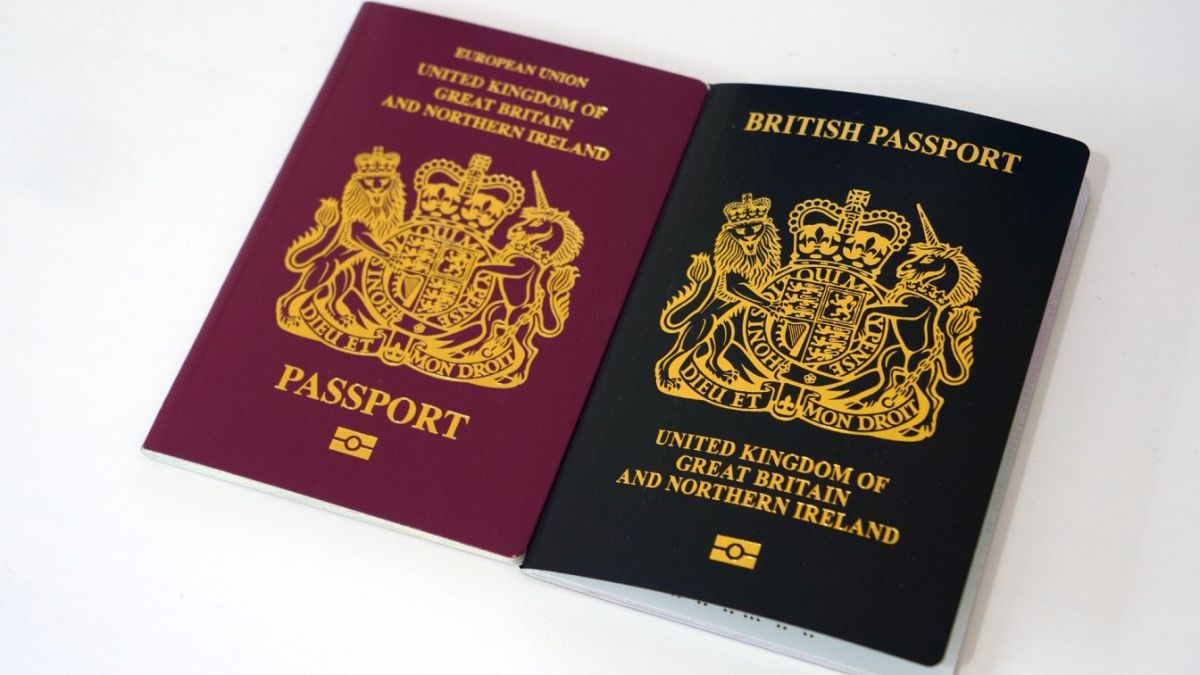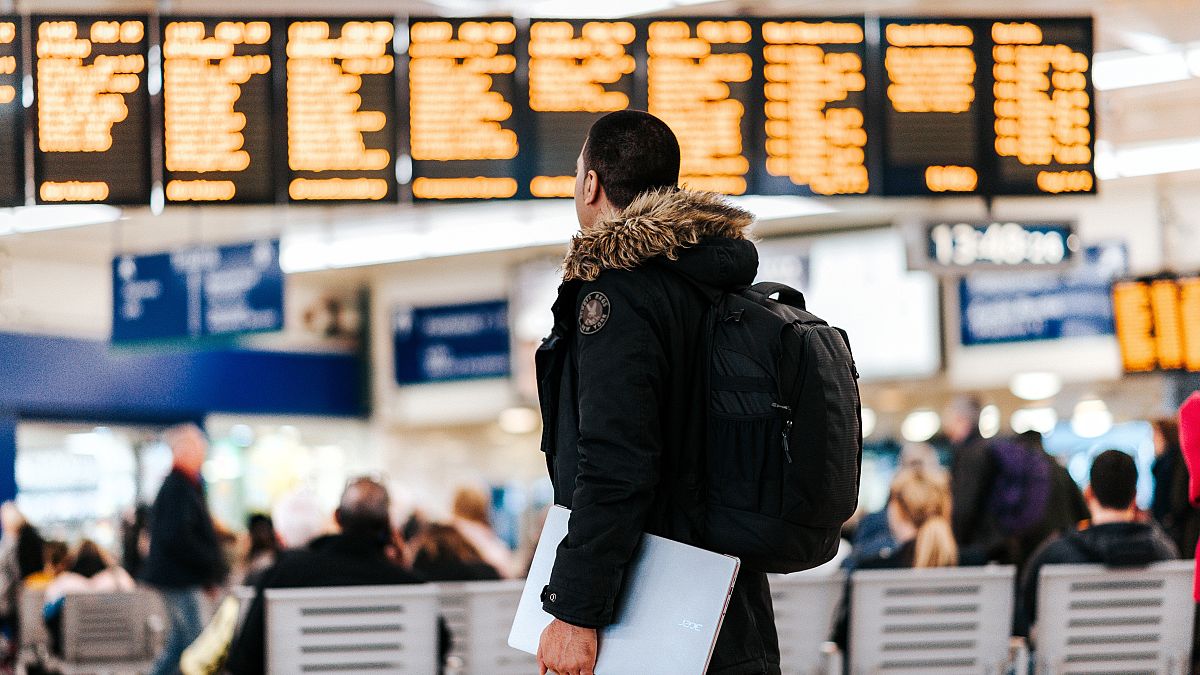Why can you only fly with 100 ml bottles in your hand luggage?
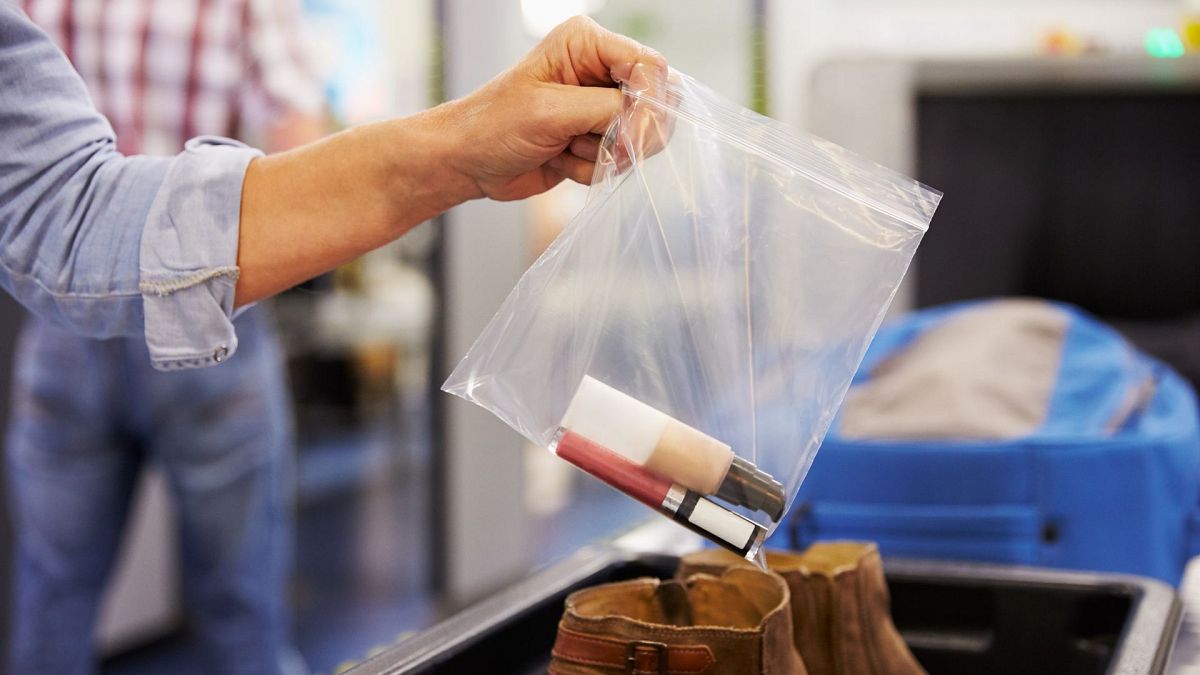
New 3D scanners could spell the end of frustrating liquid limits at airports. Here’s how they’ll keep flying safe.
Mini shampoo bottles have long been a staple of the European holiday. But that could change as airports begin to ease security measures later this year.
High-tech CT scanners will eliminate the need for the 100 ml liquid rule at major hubs, promising to streamline security checks and slash queue times.
But why was the 100 ml rule implemented in the first place – and will removing it make flying less safe? Here’s everything travellers need to know.
Why is the 100 ml liquid rule in place at airports?
Since 2006, airline passengers around the world have been limited to carrying liquids no larger than 100 ml in their hand luggage.
The rule was introduced after British police uncovered a terrorist plot to detonate liquid explosives disguised as soft drinks on a series of transatlantic flights.
The conspirators intended to assemble and detonate a device mid-flight, with hydrogen peroxide and other substances injected into 500 ml soda bottles, leaving the caps sealed. If mixed to a specific strength with other ingredients, the common bleach product can become explosive.
If the plot had been successful, it is believed it would have been far more deadly than the 9/11 attacks. It would have targeted multiple flights heading from the UK to at least five US and two Canadian airports.
Immediately after the discovery, hand luggage was completely banned on planes as a precautionary measure. This was later relaxed after tests were carried out to determine what amount of liquid was safe to carry, and a 100 ml container limit was introduced.
Experts found that mixing the smaller containers into a larger one to create a highly damaging explosive device on board was not realistic. They determined this would either fail or prematurely detonate, injuring the perpetrator but doing little to no damage to the aircraft.
Passengers are now limited to taking a maximum of one litre of liquids through security in containers no larger than 100 ml each. These must be separated into a clear resealable bag and removed from hand luggage when passing through the security scanners.
Why is the 100 ml liquid rule ending?
After 18 years, the 100 ml liquid rule will soon be ditched in some countries thanks to advanced new security scanners.
Using Computed Tomography (CT) X-ray technology, similar to that used in the medical field, they provide a clear 3D image of what’s inside passengers’ bags.
The images can be rotated 360 degrees and zoomed in on, allowing thorough analysis that’s likened to ‘digitally unpacking the bag’, device manufacturer Smiths Detection explains. This is an improvement on the current 2D imaging used at most airports.
The scanners also deploy sophisticated threat detection algorithms that can detect explosives – including liquids – and other hazards, according to the UK’s Department for Transport.
Existing 2D scanners can discriminate between organic and inorganic materials, displaying items in different colours, but CT scanners take this a step further.
With the help of AI technology, they can differentiate liquids – such as water, hydrogen peroxide, or high-strength alcohol – and offer a more complete view of electronics, according to equipment manufacturer Sens-Tech.
“The newest screening technology that is being deployed can detect explosive compounds in larger quantities,” a US Transportation Security Administration (TSA) spokesperson further explains.
If an item appears suspect, the bag will face further screening by security officers, who will inspect it for prohibited items. The new scanners promise fewer false alarms, hopefully meaning a reduction in unnecessary bag checks.
Will removing the 100 ml liquid rule make flying less safe?
Removing the 100 ml liquid rule will not make flying less safe. On the contrary, the new scanners will improve security, according to the UK’s Department for Transport.
This is because they provide more detailed images of what people are carrying, allowing them to detect potential threats and prohibited items with greater ease.
It will also streamline the airport experience, cutting security check times and making travel more convenient for passengers.
An added benefit is the reduction of plastic waste, as passengers abandon using dozens of disposable toiletry bottles in favour of larger containers.
The new tech could also save passengers money, as they will be allowed to bring in water and other drinks from outside, rather than relying on expensive airport shops.
When will the 100 ml liquid rule be removed in Europe?
Some European airports have already installed the new CT scanners. They are in use at Teesside International Airport in County Durham, UK; Schiphol in Amsterdam; and Leonardo da Vinci International Airport in Rome, among others.
In Spain, new airport security rules came into force on 1 February 2024, but many airports are yet to install the updated hand luggage scanners. It is expected to be implemented progressively over the coming months and years.
Barcelona’s El Prat airport says it hopes to start rolling out the new system in summer 2024.
Various UK airports, including London Gatwick and Heathrow, have trialled the scanners in recent years. The UK government has set a June 2024 deadline to roll out the new security technology, though some airports have said early 2025 is more realistic.
Once the machines have been installed, the 100 ml rule will be phased out over the following two years. Until then, passengers may not experience the time-saving benefit of the new tech. But ultimately, the simplified system could help airports process 30 per cent more passengers per hour, according to Sens-Tech.
In future, UK passengers will be permitted to carry up to two litres of liquids in their hand luggage with no restrictions on container size. They will not be required to place liquids in a plastic bag or separate them from their luggage when passing through security.
Do airports outside of Europe have CT scanners?
Even when the new measures are in place, passengers are advised to check the rules for countries they are transiting through or travelling back from, as many destinations are yet to implement this new technology.
If 3D scanners are not installed in the airport you are returning from, you could be forced to throw away liquids over 100 ml in your hand luggage.
Only a handful of European airports have plans to install 3D scanners. Elsewhere, some US airports like Atlanta’s Hartsfield-Jackson, Chicago O’Hare and New York’s LaGuardia have started using the new tech.
However, TSA says it will take many years to deploy the technology across the entire system in the US, meaning the 100 ml rule (known there as 3-1-1) will remain in place to ensure transportation is secure.
Qatar’s Hamad International Airport in Doha has also stepped up its security with the new scanners.
How do 3D airport scanners impact electrical items?
Tablets and laptops must currently be removed from cabin baggage before passing through the security scanners at most airports.
CT scanners will eliminate the need for this, as they allow electrical items to be studied in detail while still inside a bag.
Film camera enthusiasts have noted that increased radiation emitted by the new scanners could damage analogue film, leading to fogging and colour degradation. Some Reddit users say they ask for their film to be examined by hand, though this is at the discretion of airport staff.
Source: Euro News


